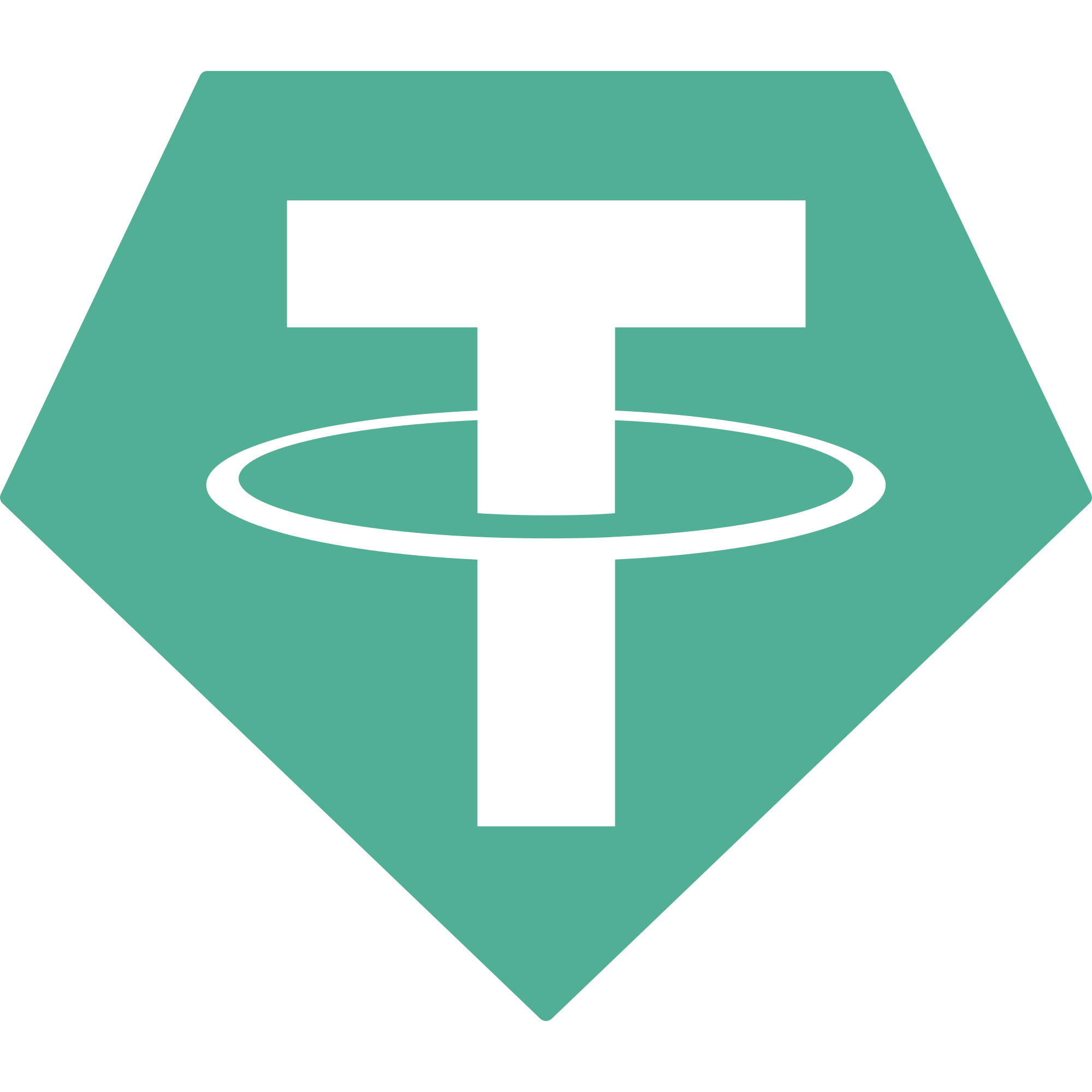Toncoin (TON) is a cryptocurrency associated with the The Open Network (TON), originally developed by Telegram as part of their blockchain project. Toncoin is the native token of the TON blockchain, designed to serve as the main currency within the ecosystem. Here’s an all-in-one guide to Toncoin and the TON ecosystem:
1. What is Toncoin?
Toncoin (TON) is a cryptocurrency that powers The Open Network (TON) blockchain. It was originally developed by Telegram, one of the largest messaging platforms in the world, as part of a vision to create a decentralized ecosystem of applications and services. The TON blockchain is designed to be fast, scalable, and capable of supporting various decentralized applications (dApps), including decentralized finance (DeFi), secure messaging, and more.
Toncoin is used for:
- Paying transaction fees within the TON blockchain.
- Staking to secure the network.
- Acting as a utility token for various applications built on the TON platform.
2. History of Toncoin and TON Blockchain
- 2018: Telegram began working on the TON project with the aim of creating a new blockchain that could handle large volumes of transactions. Telegram’s vision was to build a decentralized platform for a wide range of applications, including cryptocurrency payments and decentralized storage.
- 2019: The TON Whitepaper was released, outlining a new blockchain called TON. Telegram raised billions of dollars through an initial coin offering (ICO) to fund the project, but faced legal challenges from the U.S. Securities and Exchange Commission (SEC).
- 2020: Telegram abandoned the project after a legal battle with the SEC, which deemed the ICO to be an unregistered securities offering.
- 2021-2022: Despite Telegram’s withdrawal, the TON community and developers continued the project under the name The Open Network (TON). The community-driven initiative successfully revived the TON blockchain and Toncoin, with new development and decentralized governance structures.
3. Features of The Open Network (TON)
TON is designed to be a highly scalable, fast, and efficient blockchain. Key features include:
- Sharding Technology: TON uses a multi-layer sharding architecture, where the blockchain is divided into multiple shards to enable faster transaction processing and greater scalability.
- High Throughput: The network can process thousands of transactions per second (TPS) due to its unique design and sharding approach.
- Proof of Stake (PoS): TON operates on a Proof of Stake consensus mechanism, meaning validators stake Toncoins to secure the network and validate transactions.
- Built-in Governance: TON allows for decentralized governance, where token holders can vote on key decisions related to the development and operations of the network.
- Security and Privacy: TON offers encrypted and decentralized communication, providing secure messaging services in addition to its financial capabilities.
4. Toncoin’s Use Cases
Toncoin has multiple use cases within the TON ecosystem:
- Transaction Fees: Toncoin is used to pay transaction fees when interacting with the blockchain. These include fees for sending tokens, interacting with smart contracts, and using decentralized applications.
- Staking: To participate in the network’s consensus mechanism and secure the blockchain, users can stake Toncoin and earn rewards.
- Governance: Toncoin holders participate in the governance of the network, deciding on protocol upgrades, changes, and other key decisions through decentralized voting.
- Decentralized Applications (dApps): Toncoin is also used as the main currency within decentralized applications (dApps) built on the TON blockchain, including social apps, finance tools, and more.
- Wallets and Payments: Toncoin can be used within wallets or to make payments in decentralized systems. It can also be integrated into messaging platforms or services that support TON.
5. How Toncoin Works
Toncoin is built on the TON blockchain, which has several core features:
- Proof of Stake: Validators secure the network and confirm transactions by staking Toncoins. Validators are rewarded with Toncoins for their role in securing the network and processing transactions.
- Sharding: The TON blockchain divides itself into smaller segments, or shards, to increase its capacity for transactions. Each shard operates independently and can be upgraded without affecting the others, allowing for significant scalability.
- Transaction Speed: The architecture allows for quick confirmation times, aiming for transaction speeds that can rival traditional payment systems.
- TON Services: Toncoin is used to access various services built on the TON blockchain, including messaging, finance, storage, and more.
6. Where to Buy and Store Toncoin
- Exchanges: Toncoin can be purchased on various cryptocurrency exchanges such as Binance, FTX, KuCoin, and others. Check for availability on platforms that support TON.
- Wallets: TON has several compatible wallets where you can store Toncoin. Examples include:
- TON Wallet: The official wallet provided by the TON community.
- Non-custodial Wallets: These allow users to have full control over their private keys and Toncoin.
- Hardware Wallets: Secure options such as Ledger may support TON, though check for compatibility.
7. How to Stake Toncoin
To stake Toncoin and participate in the Proof of Stake mechanism:
- Choose a Validator: Select a validator to stake your Toncoin with. Validators help secure the network and validate transactions.
- Stake Toncoin: Transfer your Toncoin to the chosen validator’s staking address.
- Earn Rewards: As a staker, you’ll earn rewards in the form of additional Toncoins. The rewards are proportional to the amount you stake and the validator’s performance.
8. Toncoin Price and Market
- Toncoin is subject to the typical market fluctuations seen in the cryptocurrency space. Its price is influenced by demand for TON services, adoption of the blockchain, market sentiment, and the overall health of the cryptocurrency market.
- For real-time prices and market data, you can use platforms like CoinMarketCap, CoinGecko, or the trading platform of your choice.
9. Future of Toncoin and TON Blockchain
The future of Toncoin and TON is closely tied to the success of the broader TON ecosystem. The blockchain is still evolving, and there are several exciting prospects for TON, including:
- Further Adoption of dApps: As more decentralized applications (dApps) are developed on TON, the utility and demand for Toncoin will likely grow.
- Messaging Integration: Telegram, which originally backed TON, could potentially integrate Toncoin and TON blockchain features into its messaging platform, which already has millions of users worldwide.
- Partnerships and Collaborations: Increased collaboration with other blockchain projects and real-world businesses could expand the use cases for Toncoin and boost its ecosystem.
10. Risks and Considerations
- Regulatory Risks: Cryptocurrencies, including Toncoin, face uncertain regulatory environments in different jurisdictions. It’s essential to stay informed about the regulatory landscape surrounding TON.
- Security Risks: Like any cryptocurrency, Toncoin and the TON blockchain could face vulnerabilities, though the network’s architecture aims to enhance security.
- Volatility: The cryptocurrency market is volatile, and Toncoin’s price can fluctuate widely. It’s important to be cautious when investing.
11. Conclusion
Toncoin is a promising cryptocurrency with a unique ecosystem built around the TON blockchain. With its strong scalability, security, and decentralized features, Toncoin has the potential to grow as a key player in the world of decentralized finance, applications, and secure communications. However, as with all investments and technologies, it’s essential to stay informed and be aware of the risks involved.


